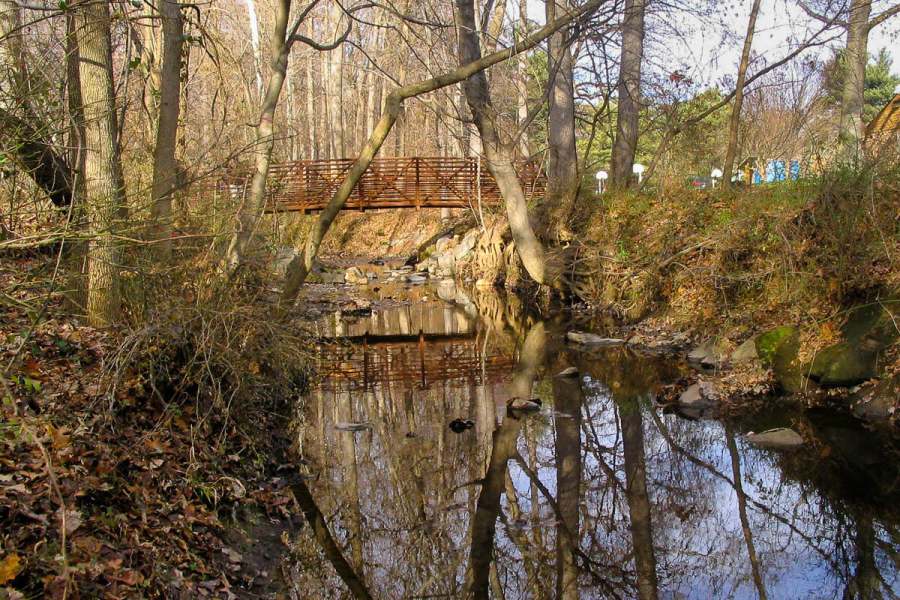Watershed Wednesday: Friends of Sligo Creek (Takoma Park, Md.)
Friends of Sligo Creek is a volunteer organization that has worked since 2001 to clean up this Potomac River tributary.

Friends of Sligo Creek is a volunteer organization that has worked since 2001 to clean up this Potomac River tributary.

Comments
Thanks for pointing out our error, David! We fixed the blog post so it correctly names Sligo Creek as a tributary of the Anacostia, rather than the Potomac!
FOSC does great work, as does its neighbor organization, Neighbors of Northwest Branch. But technically, Sligo is not a Potomac tributary. It is the main tributary of Northwest Branch, which is in turn the main tributary of the ANACOSTIA River--the Chesapeake Bay pollution "hot spot" that's been the focus of the most concerted urban river restoration effort in the country, for some 25 years. Community activists began conservation work on Sligo during the onset of this effort--around 1990.
Thank you!
Your comment has been received. Before it can be published, the comment will be reviewed by our team to ensure it adheres with our rules of engagement.
Back to recent stories